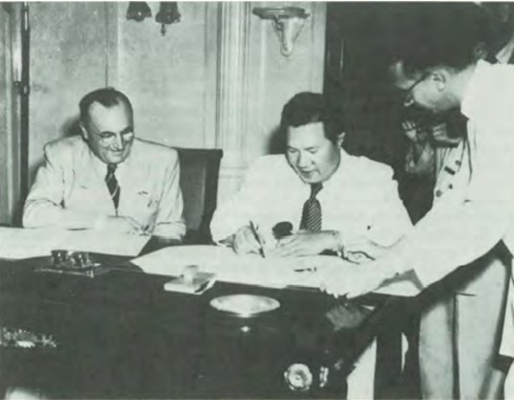Bao Dai Solution and the First Ha Long Bay Agreement
December 7, 1947

In 1947, French military operations in Indochina reach an impasse. The French realize that as Ho Chi Minh flounders in his search for international support, he runs the risk of undermining his government’s authority and legitimacy at home and abroad. They work to undermine that legitimacy in Vietnam, positing a different Vietnamese nationalist leader as an alternative to the Viet Minh: former emperor Bao Dai.
France rationalizes that Bao Dai is less openly hostile to French interests but still able to gain support from anti-Communist nationalist sects in Vietnam. If the Viet Minh refuse to negotiate, France believes it can recast the struggle from one of colonial domination to a Vietnamese civil war between communists and anti-Communists, with France on the anti-Communist side. It is a political move calculated to garner U.S. support, using anticommunism to mollify U.S. reluctance to aid a colonial power. Framing the war in terms of Vietnamese independence makes United States support for France more viable. With the First Ha Long Bay Agreement on December 7, 1947, a vague French promise for Vietnamese independence, Bao Dai associates himself with a French-sponsored nationalist movement.1